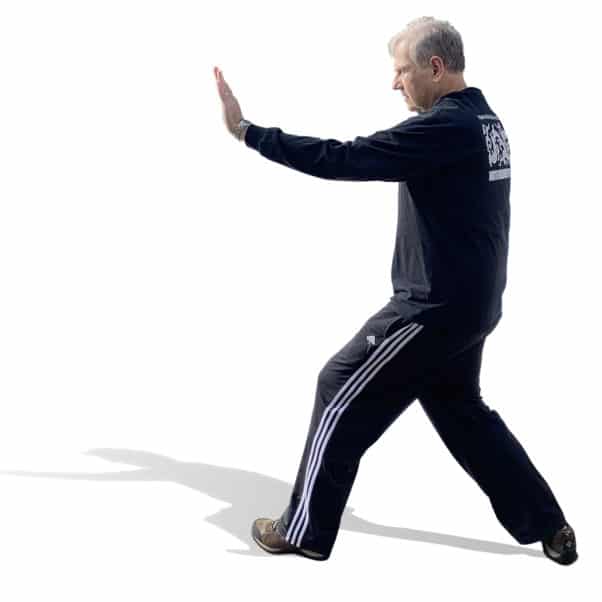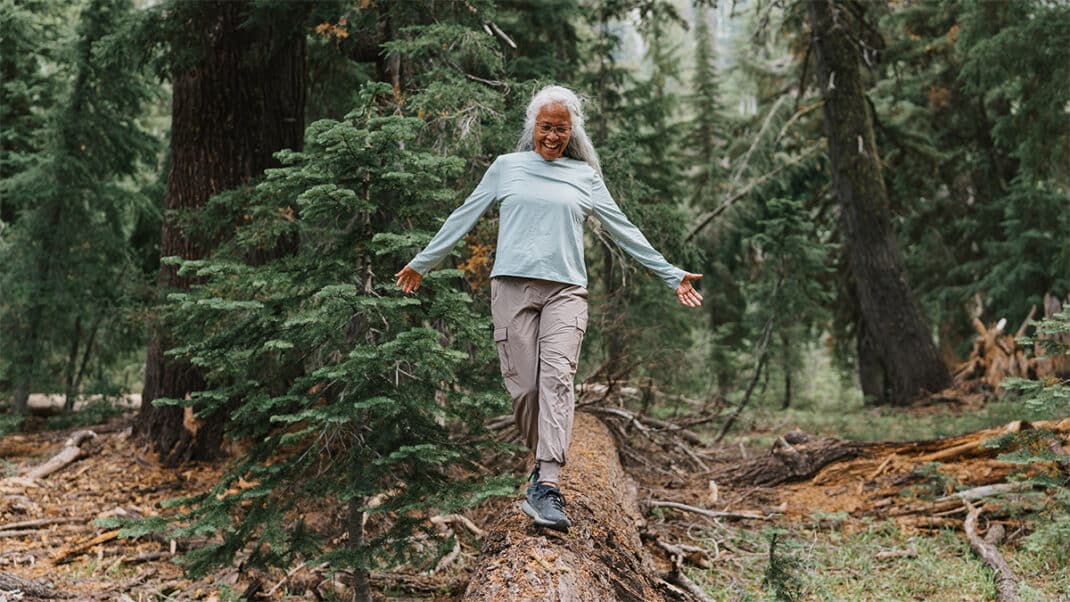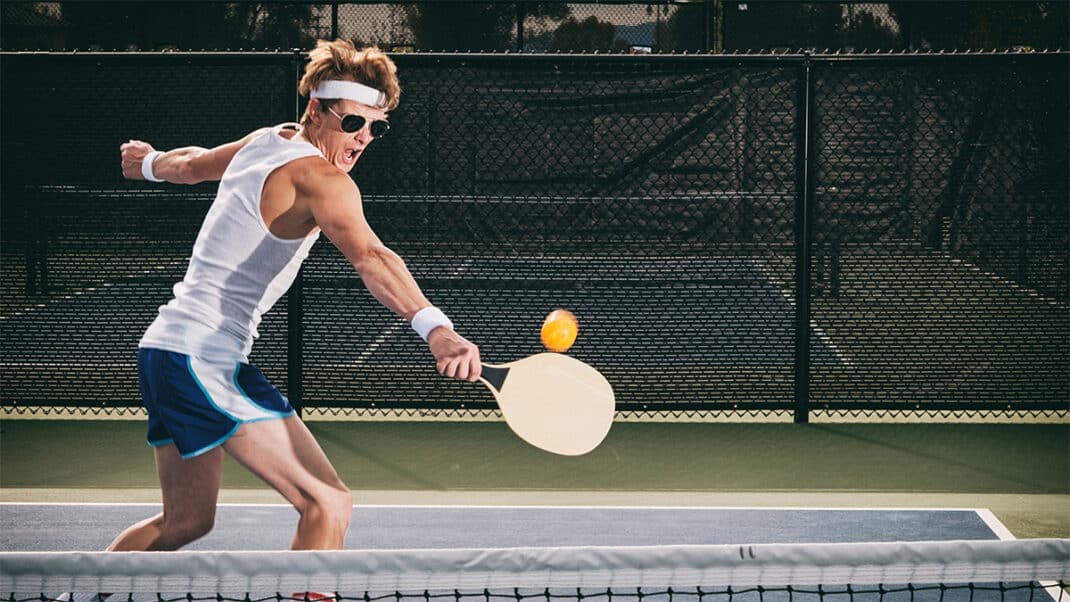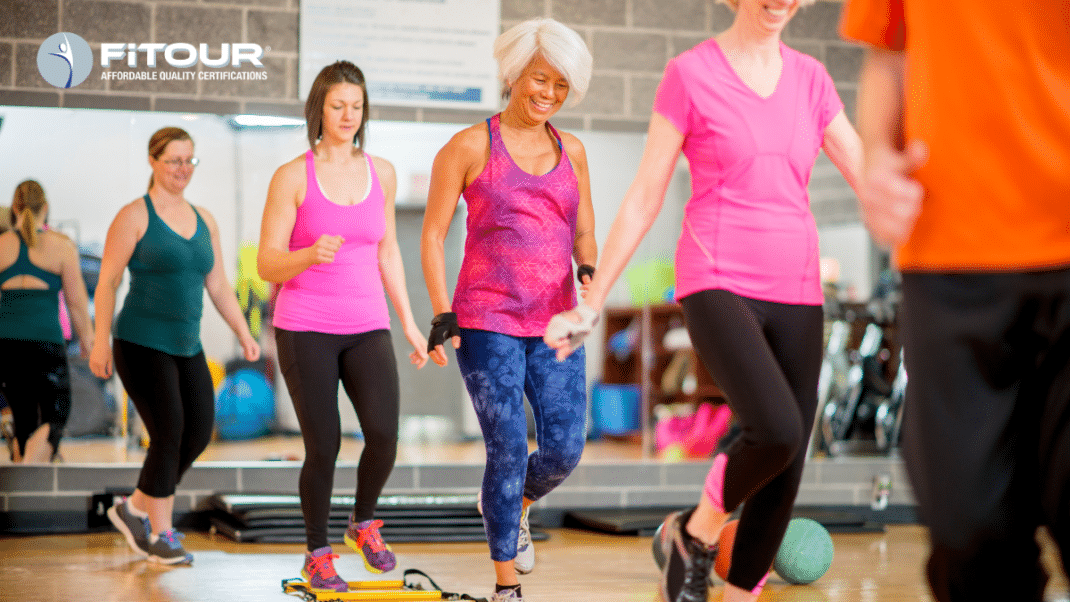A Fitness Class School of Thought
How to make all fitness participants feel included and empowered.
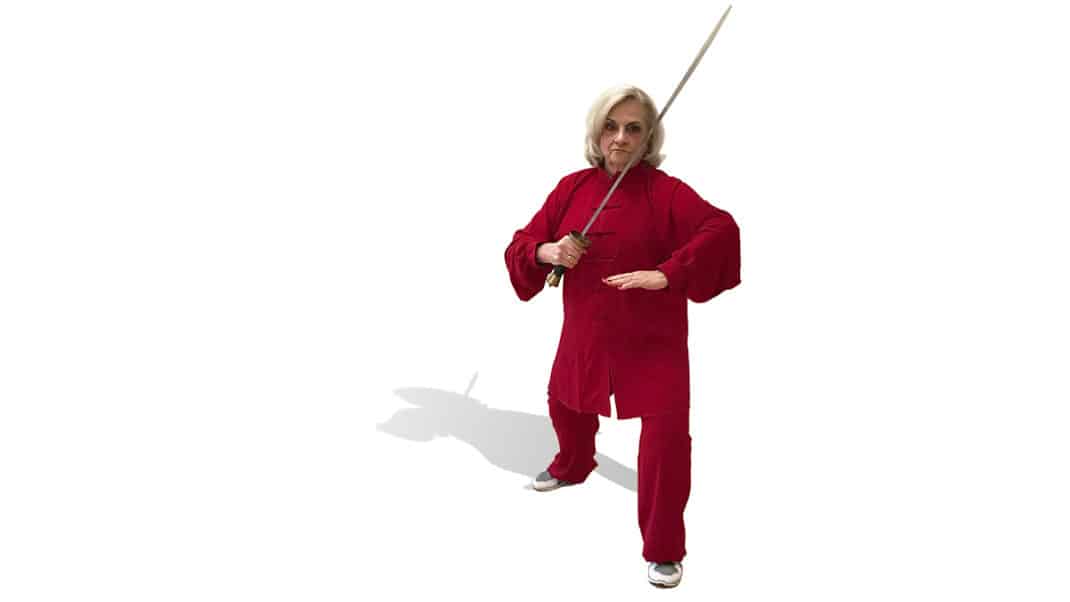
Educators of every discipline share some common goals: to teach people something new and, if they really want their students to succeed, to infuse the learning process with joy. It’s true for the classroom teacher, and it’s equally applicable to trainers and group ex instructors in a fitness class. Whether you’re helping people stretch their minds or their hamstrings, there’s a lesson plan to help guide the way to greater success.
Marilyn LoPresti, PhD, knows all about developing a successful curriculum. She spent nearly four decades in education as a teacher and administrator—from kindergarten to postsecondary levels—and has seamlessly transitioned her knowledge about program development to her fitness clients.
The One-Room Schoolhouse Approach
Program development can be tricky; not every approach will work for every client. That’s especially true if your clients have a wide range of special needs. Or if you’re leading a diverse group. Or if you’re leading over Zoom. Or if, as the past couple of years have dictated, you’re doing all of the above.
“Realizing that individuals with various disabilities make up my class roster, I always fall back on my education background and my martial arts training,” says LoPresti, herself a second-degree black belt and master tai chi and qigong instructor. “For example, a class closely replicates the idea of the one-room schoolhouse where students of all ages, abilities and backgrounds learn together.”
She prepares lessons so that all will be comfortable at whatever level they’re at now and encourages more experienced clients to help newcomers. “At each step along the way they know they are being supported to go further,” she says.
See also: Tai Chi for Aging Adults
The Learning Curve
LoPresti’s approach is best demonstrated through one of her clients: Paul Dlug.
“Learning something as new and different as tai chi is challenging,” says Paul. “I thought that the intense exercising others do was what I should be doing.”
To help new students who might be a bit dubious, LoPresti says that, “In my tai chi class, I stress the fact that we are all just beginners, learning systems that are hundreds, even thousands of years old.” By making the process feel more welcoming and accessible, participants reap the rewards. “Her encouragement and joy of tai chi causes me to enjoy it, too,” says Paul. “My balance has greatly improved, and I have more energy. [It’s] exciting, and above all, a lot of fun.”
LoPresti applies the same principles to her other fitness class formats, adding “An extra emphasis on music is also important for the process, [especially] for low-impact aerobics. Work at your own pace! There are those who have never picked up a weight and start out holding water bottles or soup cans. These individuals are treated with the same respect as those who have experienced training with free weights. These classes do not feel like work, but rather a time to have fun to the music, while building agility, strength and endurance.”
She also uses music in resistance training. “Music brings joy and inspiration to go further with each repetition,” she says.
See also: Tai Chi Is Good for Older Adults
Making the Grade in a Fitness Class
Her careful eye for the needs of each participant is as gratifying for LoPresti as it is for her students. “[They] inspire me to design my lessons for every session, with the challenges that each and every individual client has to face each day.” The extra homework has paid off in both client loyalty and success. “The key for lesson planning is review,” she says, “but a review of material that has something new for everyone. These are the ingredients for best education practice!”
What’s Your Story?
Do you have a client who has overcome the odds to achieve new heights in health and fitness? Send your story to [email protected], and you and your client may be featured in an upcoming issue of Fitness Journal.
